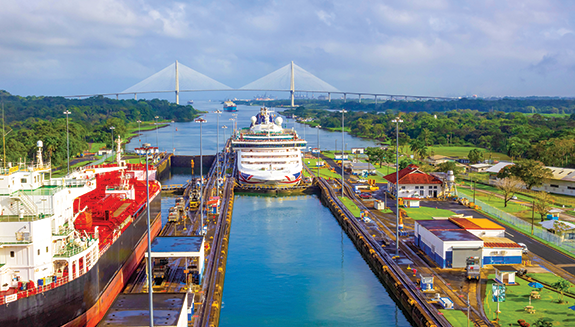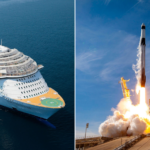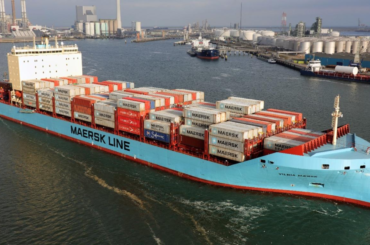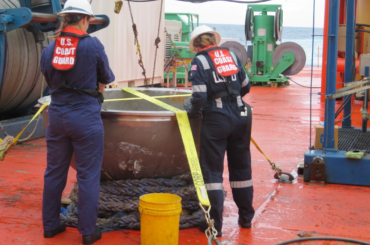In comparison to the most likely alternative routes, the Panama Canal contributed to a reduction of 16 million tons of carbon dioxide (CO2) equivalent emissions in 2021. These savings are equal to the carbon absorbed by 248 million tree seedlings grown for ten years, or the amount created by 3.2 million passenger vehicles driven in a year.
The Panama Canal saved 3 million tons more than it did in 2020, when it led to a reduction of more than 13 million tons of CO2 equivalent emissions. The CO2 Emissions Savings Dashboard at the Panama Canal records the total CO2 emissions that ships save by sailing through the Panama Canal rather than the most likely alternative route.
“Last year, we launched the CO2 Emissions Dashboard to help our customers better track their emissions and understand the benefits provided by taking the shortest route, creating a more sustainable supply chain,” Ricaurte Vásquez Morales, Panama Canal Administrator, said.
“Throughout the year, the Dashboard has provided visibility to customers and stakeholders of the CO2 emission savings generated by choosing the Panama Canal route, as we move forward with initiatives to become carbon neutral.”
Containerships saved the most CO2 with 5.2 million tons, followed by dry bulk carriers (2.5 million), chemical tankers (1.77 million), and liquefied petroleum gas (LPG) carriers (1.2 million) (1.2 million).
Maersk (933,308 tons of CO2), Mediterranean Shipping Company (MSC) (909,264 tons of CO2), CMA CGM (503,960 tons of CO2), Hapag-Lloyd (478,764 tons of CO2), and Trafigura Beheer B.V. were the clients who saved the most CO2 by taking the canal route in 2021. (448,940 tons of CO2).
Since 2016, the waterway’s central sustainability initiative, the Green Connection Environmental Recognition Program, has introduced a number of environmental incentives and tools. In addition, the Panama Canal encourages the implementation of speed and navigational instructions to safeguard cetaceans as they begin their seasonal migration in the area, and collaborates closely with the Watershed’s communities to manage their environment sustainably.
The waterway announced its intention to become carbon neutral by 2030 last year. The waterway aims to make considerable investments and modifications to its operations in the coming years to achieve this goal and maximize its value as a green corridor for global shipping.







